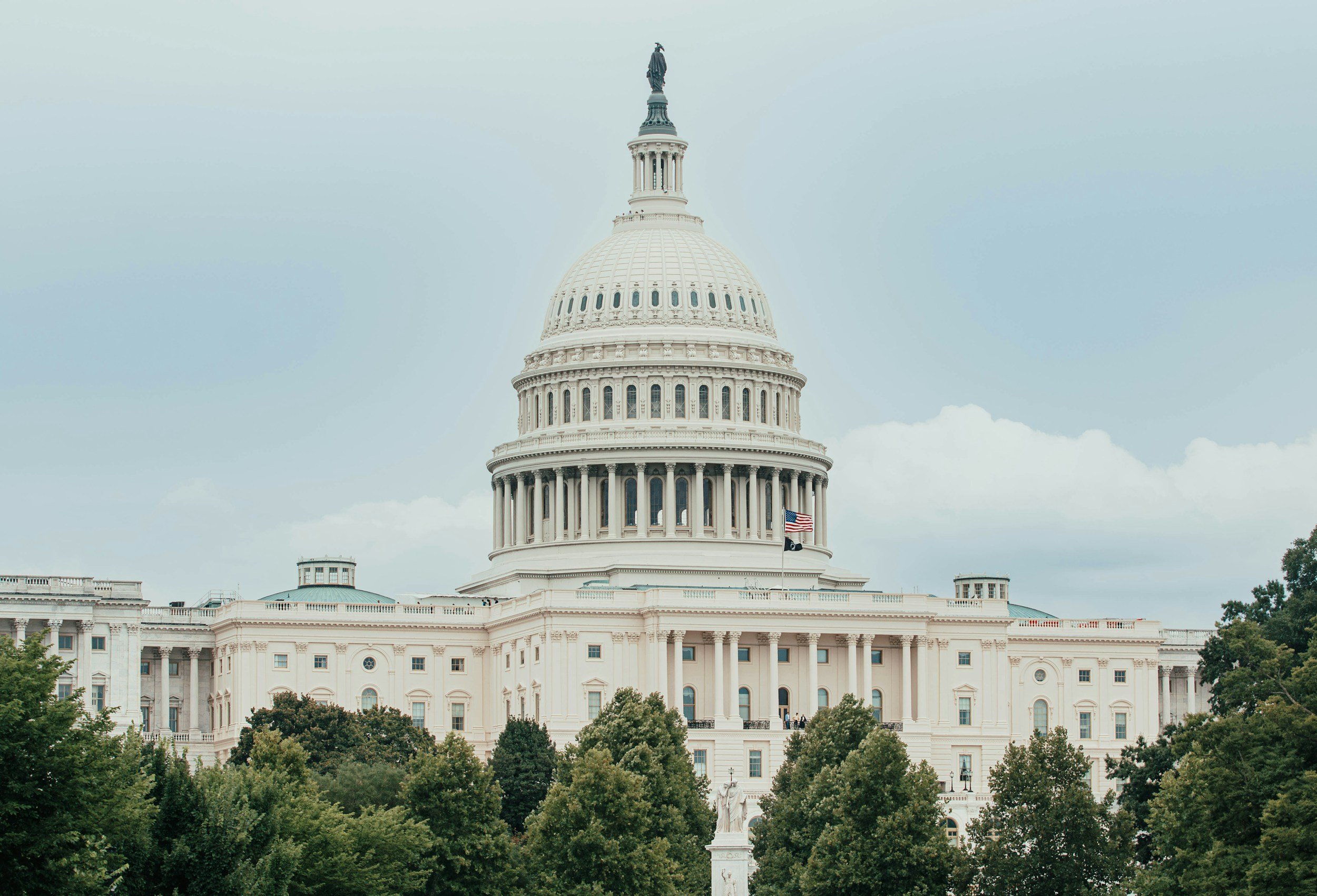
RIGHT TO REPAIR LEGISLATION
Protecting ownership, sustainability, and consumer freedom.
Working Together to Make Repair-Friendly Public Policy
Ownership shouldn’t end when something breaks. The Right to Repair movement is restoring consumer freedom, fair competition, and environmental responsibility. All fifty U.S. states have considered Right to Repair laws—each aiming to give consumers and independent shops equal access to parts, tools, and repair information.
“84% of Americans support Right to Repair laws.”
Where Repair Legislation Is Moving
Explore active and pending repair laws across all 50 states. Hover to see current status, or click for bill summaries and action links.
$330
Repair Saves Money
Households save an average of $330 annually by repairing instead of replacing.
Why It Matters
84%
Repair Is Popular
84% of Americans support laws requiring fair access to repair.
∞
Repair Saves The Planet
Repair reduces e-waste and carbon emissions from new manufacturing.
Resources for Legislators & Policy Staff
We provide template legislation, technical guidance, and legislative briefings to help states adopt strong repair laws.
What Right to Repair Laws Cover
Much like insurance programs, Right to Repair laws can differ by jurisdiction but often encompass the following key aspects
-
The right for consumers and independent repair shops to access the same diagnostic and repair tools that are available to the original manufacturer.
-
Ensuring that consumers can purchase genuine replacement parts at fair market prices, either directly from the manufacturer or through third-party vendors.
-
Granting the ability to bypass software locks that prevent repairs, as long as it doesn't infringe upon proprietary software or intellectual property rights.
-
Providing comprehensive repair manuals, schematics, and other documentation to facilitate effective repairs.
-
Protection against voiding warranties or other retaliatory measures from manufacturers when consumers or independent shops perform repairs.
-
Addressing the role of unfair and deceptive contracts like EULAs that are non-negotiable and alter the intent of the purchase. The legislative focus is on combating the abusive nature of these contracts rather than the technology itself.
-
Understanding that certain industries or product categories, like motor vehicles, may be exempt due to existing agreements or laws. These exemptions can inadvertently create repair monopolies and should be carefully considered.
-
Utilizing the power of the state Attorney General for law enforcement and issuing fines as incentives for state-led compliance. Alternative enforcement mechanisms can also be considered.
The Repair Association continues to advocate for robust legislative frameworks at both state and federal levels, as complementary state and federal laws address distinct repair barriers—whether by requiring access to repair resources at the state level or removing federal DRM limitations. This dual approach is necessary, and we actively support efforts on both fronts.
Comparing the 2024 and 2025 Right to Repair Templates
Understanding the evolution of Right to Repair laws remains essential for both advocates and the public. Here’s how the 2024 and 2025 legislative templates differ, highlighting new protections and clarifications for repair access.
Parts Pairing
The 2025 version broadens the prohibition on parts pairing, now covering component-level identification, ensuring that both parts and board-level components can be replaced by independent repair providers or owners without reduced functionality.
Documentation and Tools
The 2025 template strengthens access to comprehensive repair documentation, now explicitly requiring board-level schematics, full parts lists, and detailed PCB layouts. This extension guarantees independent repair providers receive complete, actionable information without requiring contract agreements or account creation.
Enforcement
While 2024 first established Attorney General enforcement for unfair or deceptive practices, 2025 maintains this authority, ensuring remedies for non-compliance remain available at the state level.
Exclusions and Applicability
The 2025 act clarifies exclusions, particularly for vehicles, medical devices, and emergency safety equipment, while keeping applicability for digital equipment first manufactured and sold on or after July 1, 2015.
Software Updates
Both versions recognize the importance of embedded software in repairs. The 2025 act further details “updates,” emphasizing that OEM-provided software corrections or adjustments are essential for enabling effective diagnosis, maintenance, or repair.
Fair and Reasonable Terms
In 2025, the template eliminates minimum or maximum quantity requirements for parts purchasing, clarifying that any restriction impeding independent repair providers is not permitted.
Security
The 2025 version reinforces protections around security measures, clearly stating that manufacturers are not obligated to make available materials that could disable or override anti-theft security without explicit owner authorization.
Effective Date
Like the 2024 Act, the 2025 Act becomes effective six months after becoming law, unless specified otherwise.
Abbreviated Federal Timeline: Right to Repair in the United States
Repair Rights Around the World
Our legislation and advocacy efforts focus on the United States, however, the movement is promoted throughout the world. Here is a map of countries that currently have a repair rights movement.
Further Reading
Government / Legal
Copyright Office: Embedded Software Study
More McFlurrys: US Copyright Office allows McDonald's to fix broken ice cream machines
FTC Letters of Support: New York, Oregon, Minnesota, California, Colorado
Help Strengthen Repair Rights Nationwide
Join The Repair Association or donate to support our advocacy work in every state.
